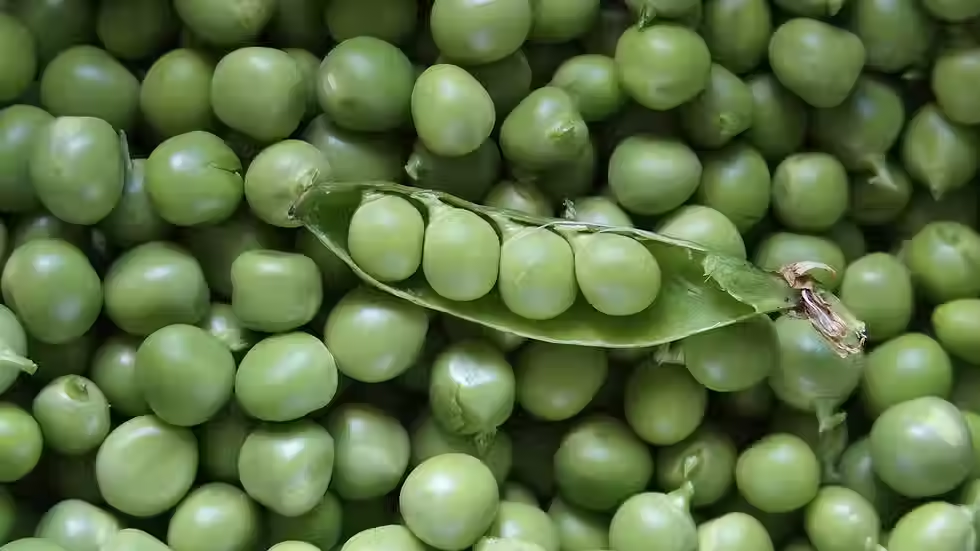The Long History Of Peas & Beans
- Marie Megane Clarissa Jean Louis
- Apr 14, 2021
- 3 min read

Members of the botanical family known as the Leguminosae were among the very first plants domesticated by humans. Members of this family appear as tended crops as early as 6000 BCE. Beans, peas and other legumes are among the most nutritious plant foods, especially for people who cannot or do not eat meat or fish. They are rich in protein and the amino acids they contain are a perfect complement for those found in grains. They have been identified as the first crops found at agricultural sites around the Mediterranean Sea.
The “happy accident” of discovering that legumes and grains together would provide the basic protein and carbohydrates that our bodies need is a wonderful example of the wisdom and knowledge developed by our ancestors as they moved from hunter-gatherer lifestyles into sedentary villages and farming, during the Neolithic Revolution. In addition to their nutritional value, no other cultivated food plant (except perhaps for buckwheat) has the ability to capture nitrogen from the atmosphere thanks to natural bacteria rich nodules on their roots. This nitrogen is an essential ingredient of the rich proteins that form inside the plant and are stored in the seeds we know as peas and beans. And when the plant dies, the excess nitrogen is returned to the soil, creating fertile ground for other crops to grow. This natural “green manure” was essential in the depleted soils around the Mediterranean.
A wide range of useful plants make up the legume family. They range from low growing annuals to full sized trees. Carob (St. John’s Bread) is a tree that produces long flat pods with seeds that can be dried and ground up to make edible chocolatey material. In contrast, the Indian grass pea can cause paralysis of the limbs, while some other legumes are recognized as aphrodisiacs in some cultures. Aside from the weird and wonderful, there are many other familiar legumes that are prized for their agricultural production and ability to add nitrogen to the soil.
These include chickpeas (Cicer arietinum), fava beans (Vicia faba) and lentils (Lens esculenta) as well as the various familiar bush and climbing beans, peas, snow peas and also peanuts (which grow underground but are also legumes). The three mentioned above actually were brought over by Columbus on his second voyage, part of what is known as the Columbian Exchange, along with peppers, tomatoes, maize and turkeys. Four species of beans were also domesticated in the Americas and brought over at the same time. They include the Scarlett runner bean (Phaseolus coccineus) and the lima bean (Phaseolus lunatus). The familiar beans that we grow in our gardens and on farms, varieties that include kidney bean, snap bean, French fillet and string beans of various types are all part of the species Phaseolus vulgaris.
In addition to being grown for food, some legumes provide other important products, such as tannin for hide curing, natural dyes and commercial resins. The most important dyes include indigo blue and brazilwood for a deep orange/red colour. Trees in the legume family are also valuable. They include Brazilian rosewood, Asiatic sissoo and purple heart, as well as American ebony. The only spice created by members of the legume family is fenugreek, seeds that are used in curries. Licorice is derived from a legume native to southern Europe. Legumes can be an important source for honey production.
.png)
Comments